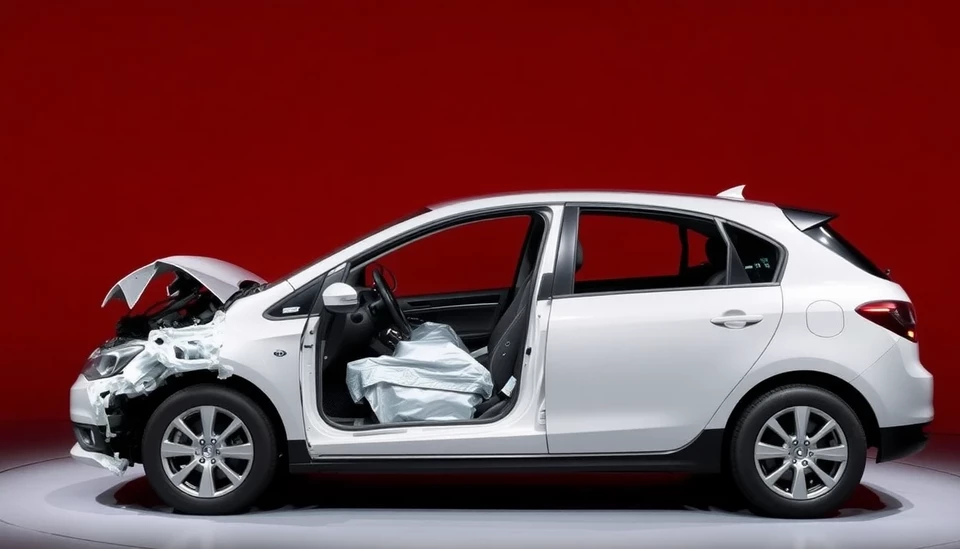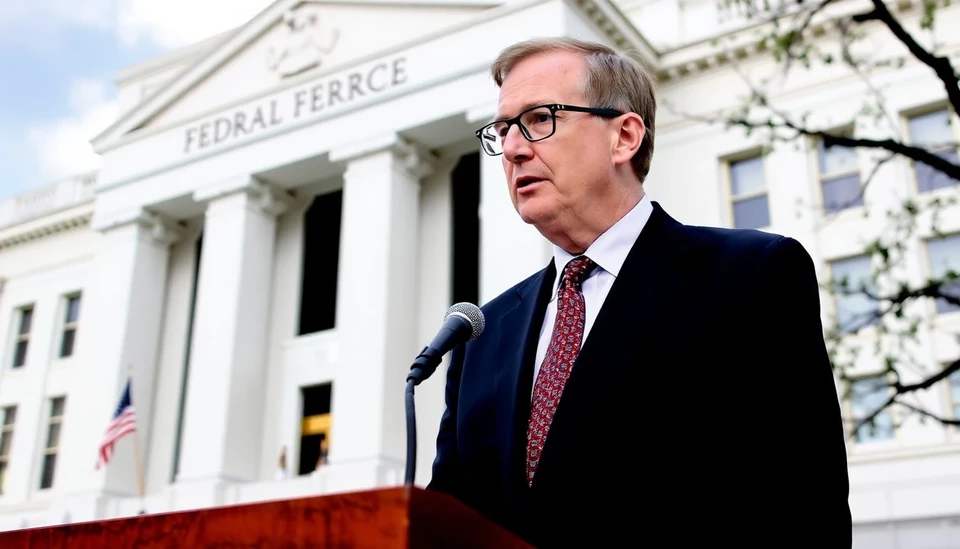
In a surprising turn of events, the United States has decided to back off from a massive recall involving approximately 50 million airbag parts. This decision, which has raised eyebrows across the automotive industry and consumer safety advocates, comes in the wake of concerns surrounding the safety of these components manufactured by a major supplier.
The airbag parts in question were implicated in potentially faulty deployment mechanisms that could lead to serious safety risks during accidents. The National Highway Traffic Safety Administration (NHTSA) had been working toward a large-scale recall following findings that some of these airbags may not deploy at all, or may deploy with excessive force, increasing the likelihood of injury or death to vehicle occupants.
Initially, the government’s initiative aimed to address what was viewed as a critical public safety issue. However, the decision to backtrack has sparked significant debate over the implications for consumer safety and the automotive market at large. Critics argue this could set a dangerous precedent, undermining trust in vehicle safety regulations and manufacturer accountability.
The NHTSA, in its latest statement, cited the complexity of the airbag systems and the various potential risks associated with a blanket recall. Some experts believe that the logistics of recalling such a vast number of components could have introduced unintended consequences, including disruption of the automotive supply chain and confusion for consumers.
This change in direction also comes amidst a broader conversation about manufacturing safety standards and regulatory oversight. Many industry analysts are now questioning whether the current regulatory framework is sufficient to ensure consumer safety without imposing unnecessary burdens on manufacturers.
As discussions continue, stakeholders from various sectors—including consumer advocacy groups, automotive manufacturers, and regulatory bodies—are urged to engage constructively to address the safety implications of this decision. There may also be calls for increased transparency in how safety issues are handled, aiming to rebuild public confidence in vehicle safety systems.
In the coming weeks, it will be crucial for all parties involved to monitor safety reports and consumer feedback closely. The repercussions of this decision could shape the future landscape of automotive safety regulations and practices.
As we await further developments, industry experts and consumers alike remain vigilant, keen to see how this contentious issue will unfold in the months to come.
#Airbags #NHTSA #SafetyRecall #AutomotiveIndustry #ConsumerSafety #Regulations #PublicSafety
Author: John Harris




